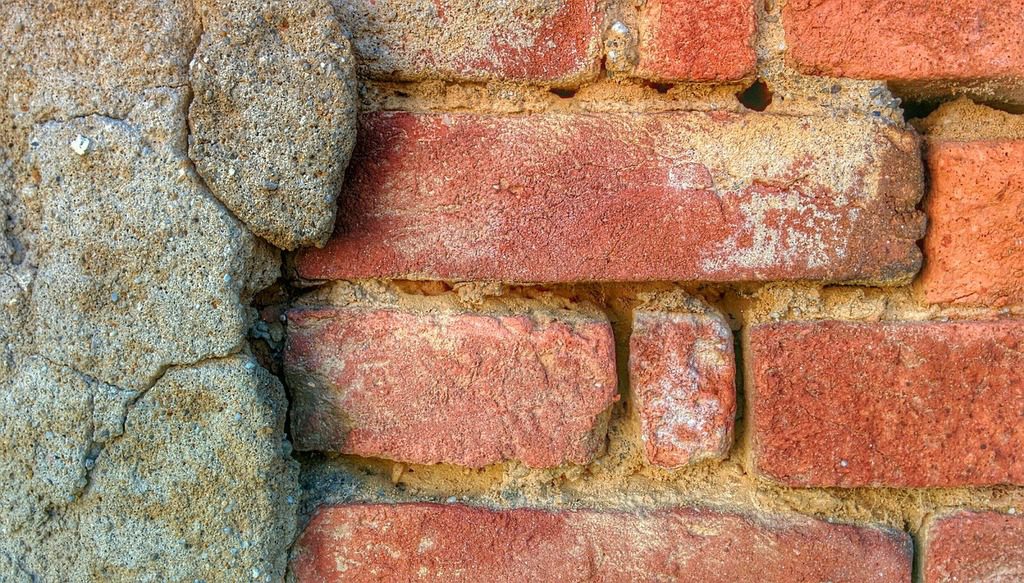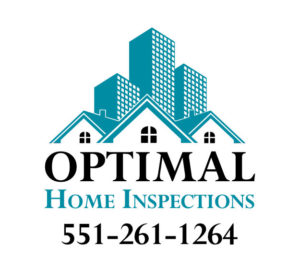The old myth that opening windows reduces the radon in your home just won’t go away. Opening windows, leaky old houses, or any other “creative” ventilation methods don’t work and can make the situation worse.

Radon is the natural breakdown of uranium in soil, rock, and water. It is everywhere, and normally that’s OK. The problem is when it concentrates in small spaces, like your home, that’s when it’s dangerous.
How does radon get inside my home?
Radon is a gas. A gas expands to fill the space it’s in. Radon is pulled up through the ground by the air pressure in your home. No matter how leaky your house is, there will be some pressure pulling air into your home. Radon gets pulled in through cracks in your foundation, floor drains, sump pumps, and french drains and can even come from the stone or concrete that makes up your foundation.
Is radon dangerous?
YES! It is the second leading cause of lung cancer – smoking is number one. About 13% of all new cancers are lung cancer. The American Cancer Society estimates that new lung cancer cases in 2019 will be about 228,150. The chance of a man getting lung cancer in his lifetime is 1 in 15; for a woman, her chances are 1 in 17.
OK, you convinced me, but it must be expensive to test.
The starting rate for a stand-alone test is about $200. Here is how we do it:
Initial Visit
We evaluate your home to determine the best place to set up your radon test instrument. This is also an opportunity for you to ask any radon questions.
Instrument Pick Up
A pick-up is scheduled two or three days after the initial visit. This pick-up will only take a few minutes.
Laboratory Analysis
Your sample(s) are analyzed by an EPA-certified laboratory. You’ll receive your results within 5 business days (usually sooner).
Review the Results
We’ll set up some time that is convenient for you to discuss your results.
I already have a mitigation system, so I don’t need to test it! Or, it was good the last time I checked.
You need to test to make sure your system is still working and that the ground under your home hasn’t changed. That if you’ve made any alteration to your home or grounds, haven’t changed your radon situation.
I often should I test?
I recommend you test every two years. It is not a big deal or expense, and most importantly, you’ll sleep better at night.
I am selling my house. I don’t care about radon testing, and if I do have a radon problem, I won’t be able to get top dollar for my house!
First of all, radon mitigation is a good selling point for any home. Most new homes built today have radon-resistant systems built right in. The fact that you already took care of this issue is a good thing. By the way, mitigation systems are not expensive – the average is about $1200. Considering the average price for a home in New Jersey is $326,300 – the cost for mitigation is 0.37%.
A certified radon test should ease the mind of any home purchaser. Most home buyers are going to test for radon; most of the home inspections I do has a radon test included, it’s the norm. If you, as a seller, can remove this obstacle from your home buyer’s mind, you both will be better off.
There must be something in it for you. Do you work for a radon mitigation company?
We DO NOT work for or get anything from any mitigation company or contractor. We are an NJ Licensed Home Inspection company and NJ EPA Certified Radon Technician. It is not only against the law, the NJ Consumer Protections, ASHI Client Bill of Rights, but it is also totally unethical. We are unbiased, and we will always be on your side.
Schedule your radon test today
Call (551) 261-1264, Chat, or use the Book an Inspection page and select the Radon Measurement checkbox.


